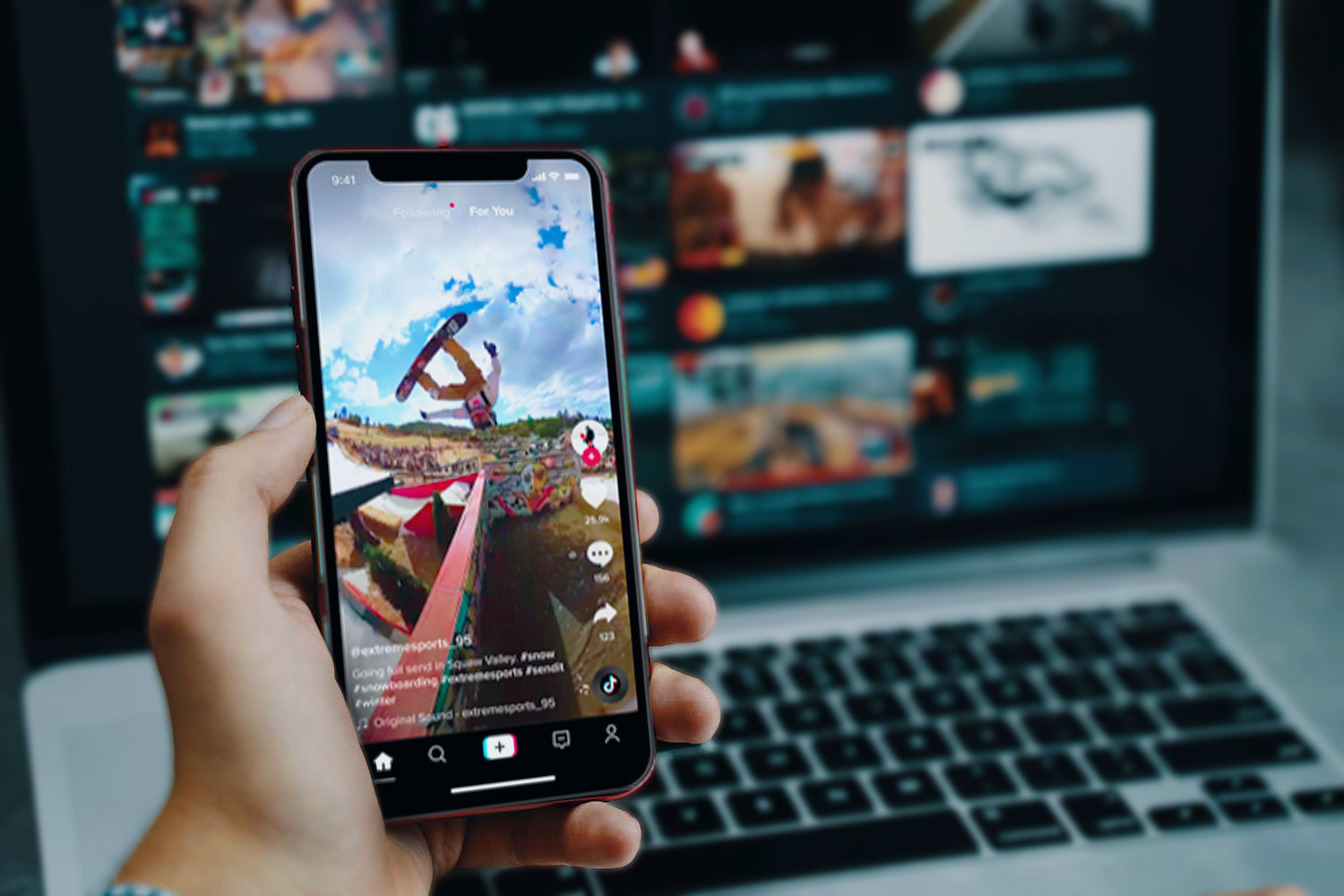
When you hear the phrase “streaming video,” your thoughts probably go to paid streaming services like Netflix or Disney+, or video hosting websites like YouTube or Vimeo. From a quality of experience (QoE) standpoint, both come with similar user requirements — namely the ability to watch streaming videos across different devices and receive a consistent viewing experience.
What might not come to mind, however, are social media platforms. While established giants like Facebook and Twitter host videos, the experience hasn’t been comparable to traditional streaming video, until the recent, meteoric rise in popularity of short-form videos.
In the “TikTok age,” users are just as likely to scroll through videos on social media for an hour as they are to open Netflix and watch a TV episode. So, where did short-form videos come from, and how does measuring their QoE compare to that of other streaming videos?
Two Defining Features
While it’s impossible to explain short-form videos without TikTok, the company didn’t invent the concept. Vine, a social media network that exclusively shared six-second videos, was available for three years in the early 2010s. Music.Ly, a Chinese app for creating lip sync videos, debuted in 2014 before merging into TikTok in 2018. TikTok, which began life as an app for dance videos and lip syncing, is now an expansive international social media platform.
There are two defining features of short-form videos. First, they are almost always less than a minute in length. Second, users scroll seamlessly from video to video as they watch, swiping to the next one when they get bored or the video ends. This model has been popularized by TikTok to great effect. By the end of 2022, the company’s app boasted over one billion active monthly users.
What makes TikTok so popular? It relies on user-generated content, which encourages creativity and has been a powerful resource for brands and individual users. It’s also free to use, making it far more accessible to users — subscription costs are a barrier to entry for Netflix, Hulu, and other streaming video providers.
TikTok also offers the innovative “For You” page, which relies on algorithms to present users with an endless rotation of short-form videos potentially relevant to their interests. Unlike Twitter or Instagram, users don’t have to follow accounts to see the content they post. Rather than driving users towards engagement by liking or commenting on posts, TikTok chose to prioritize keeping them on the app. While the videos are bite-sized in length, the amount of time users spend watching them can continually increase to shocking sizes.
The TikTok model has clearly garnered attention, as evidenced by the company’s social media competitors having all added the ability to watch short-form videos to their own services. Facebook and Instagram Reels, YouTube Shorts, and Snapchat Spotlight have all popped up over the last year, allowing users to scroll seamlessly from short-form video to short-form video — and the wave of popularity shows no signs of slowing down.
Measuring QoE
So, with the social media experience now so reliant on streaming video, how do companies measure the QoE their users receive while scrolling through these short-form videos? It’s a difficult prospect with several unique challenges. For one, videos are continually loading as users scroll. TikTok’s algorithm is constantly adjusting which video to play next while scrolling, and videos are often hosted on different servers. Since most videos are watched for less than a minute, it’s a significant amount of loading that’s supposed to happen without users noticing at all.
Another challenge is that — unlike traditional streaming services, where users are more likely to watch a movie in a single network environment — short-form videos may travel across several different networks over the course of a single browsing session. Users may start browsing at home over WiFi and then continue across mobile networks as they leave the house, including 5G. The short-form videos are expected to perform equally well the entire time.
Despite the unique difficulty, measuring (and maintaining) a high QoE for short-form videos is important, as a strong user experience leads to user retention and positive word of mouth. Both of those metrics are important in securing advertising revenue — where TikTok made an estimated ten billion dollars in 2022. Conversely, if users receive a poor viewing experience on one short-form video app, they have plenty of other similar apps to switch to.
There are a few key performance indicators that are essential to measuring QoE. First is the availability of short-form videos, which refers to whether or not they play when clicked on. Second is buffering time, both at the beginning and during the video. Last is the quality of the short-form video, which is an assessment of how clear the video, movement, and audio are.
The key to measuring QoE is testing these metrics across various network settings. In addition, testing on the real devices that users have at home paints a clear picture of the service they receive on a day-to-day basis, not just in ideal network conditions.
While it may not be a simple process, measuring QoE for short-form videos is essential for social network companies, mobile network providers, and streaming video providers. Short-form videos are a major part of the modern streaming video landscape, and all signs point to them only becoming more popular in the years to come. In order to increase user retention and deliver the best possible performance, QoE must be measured accurately.







